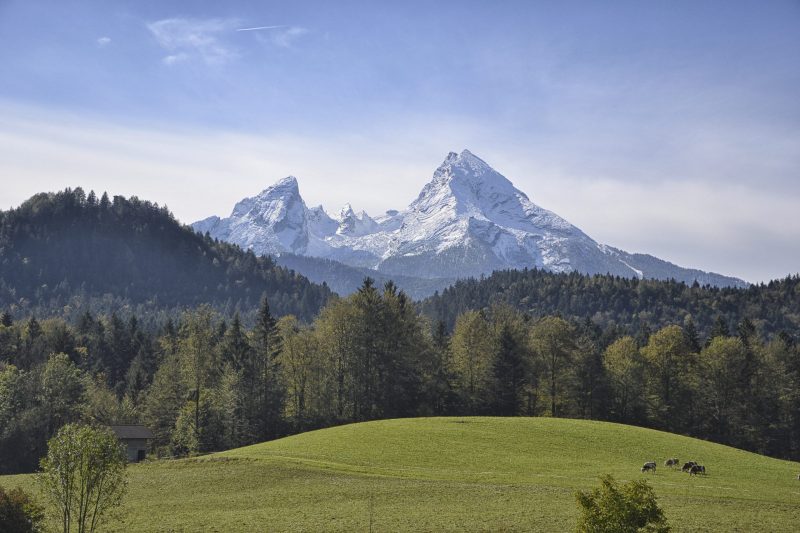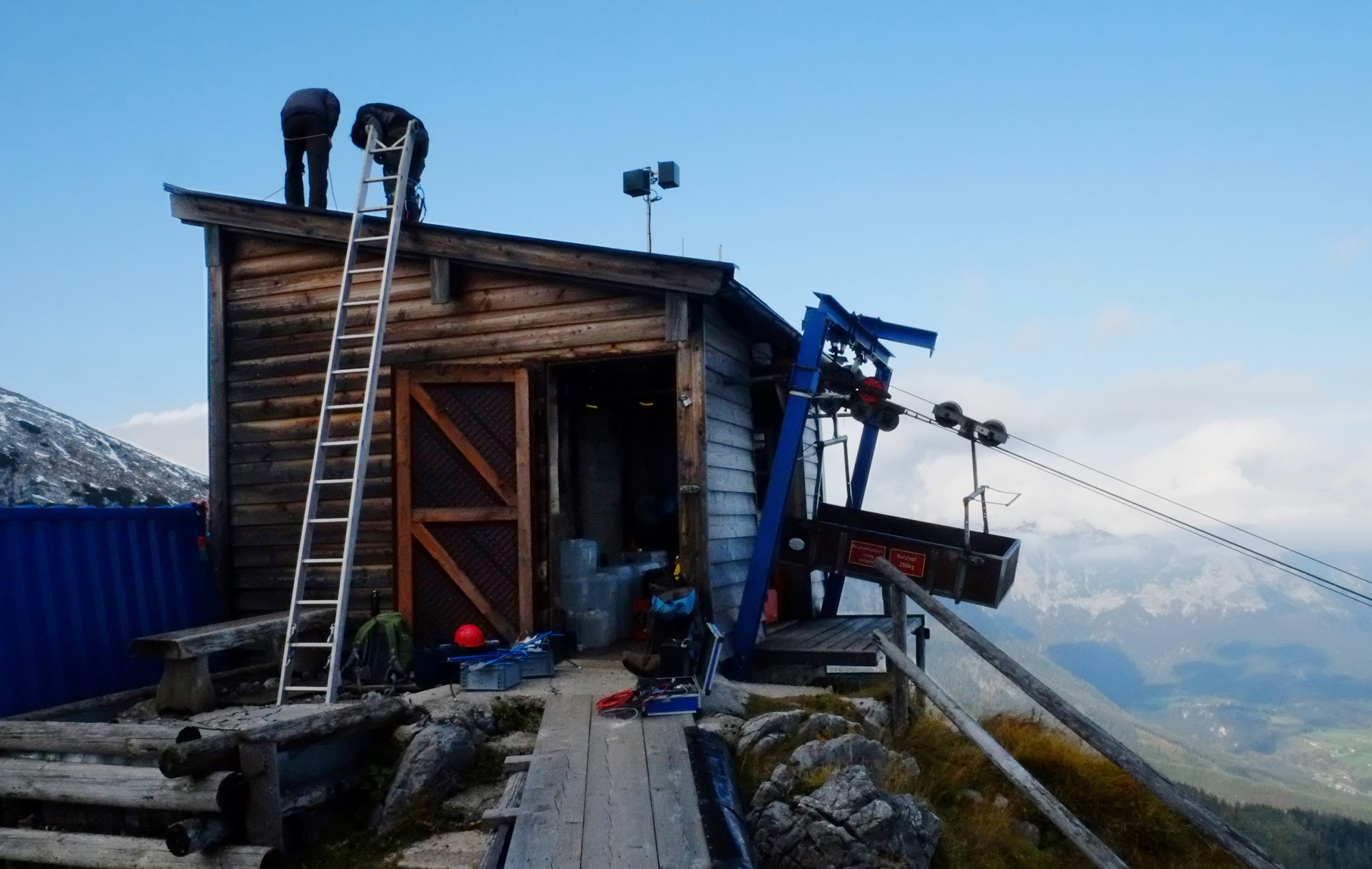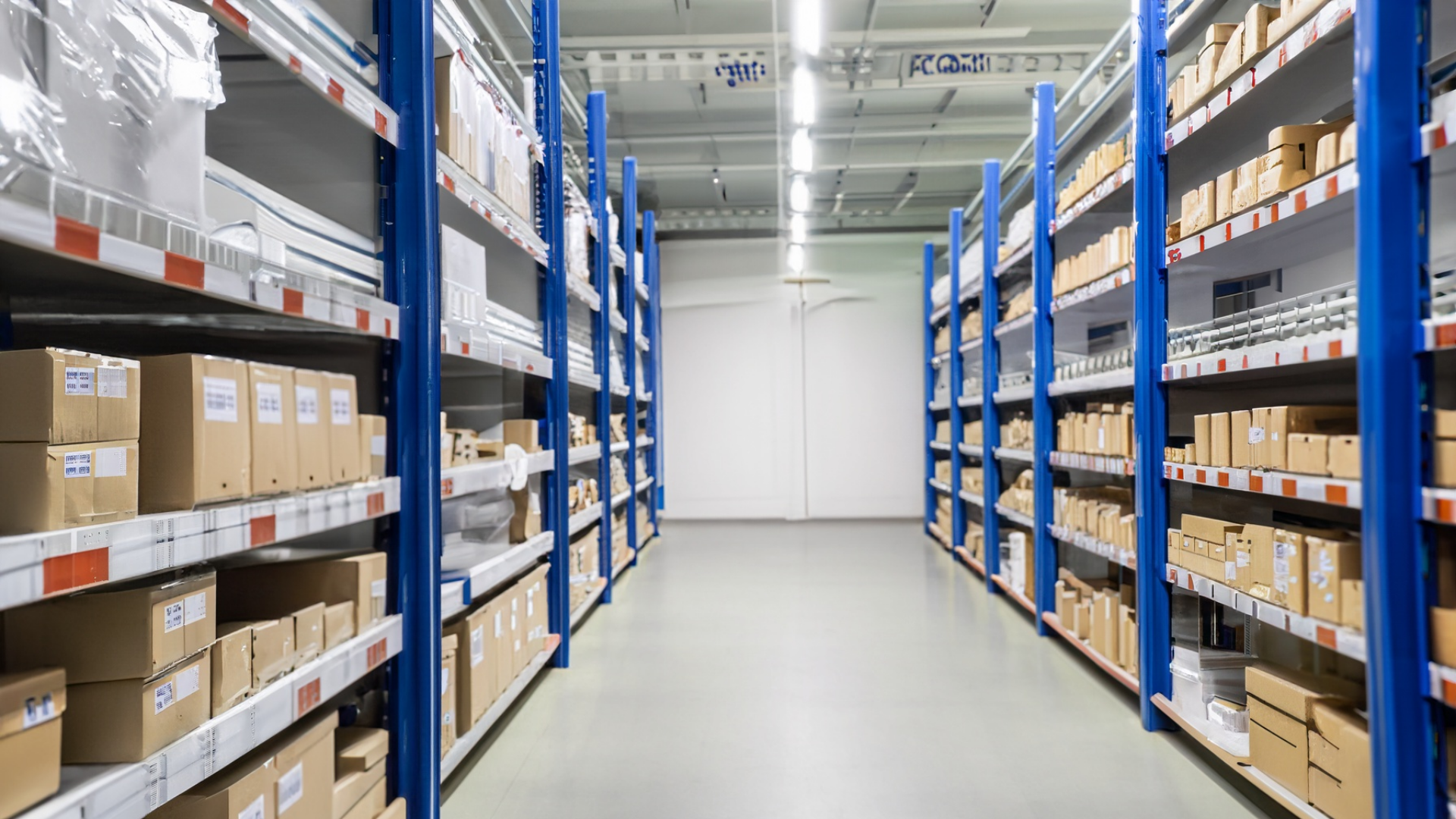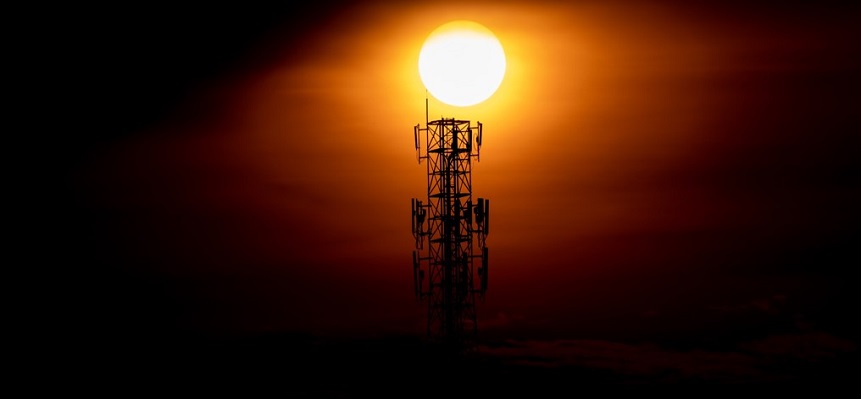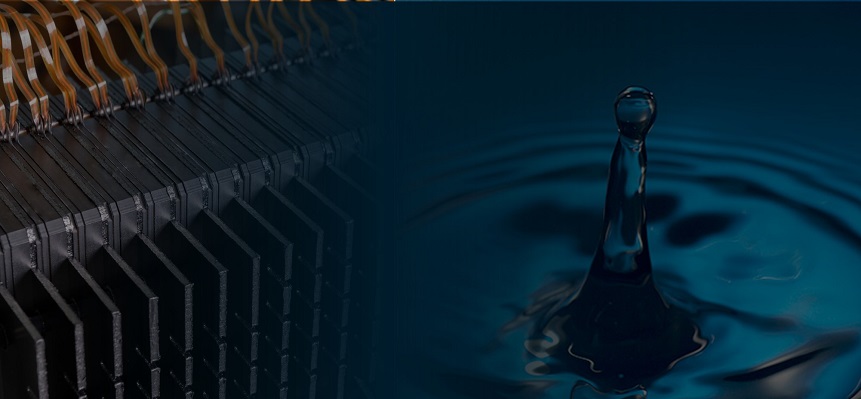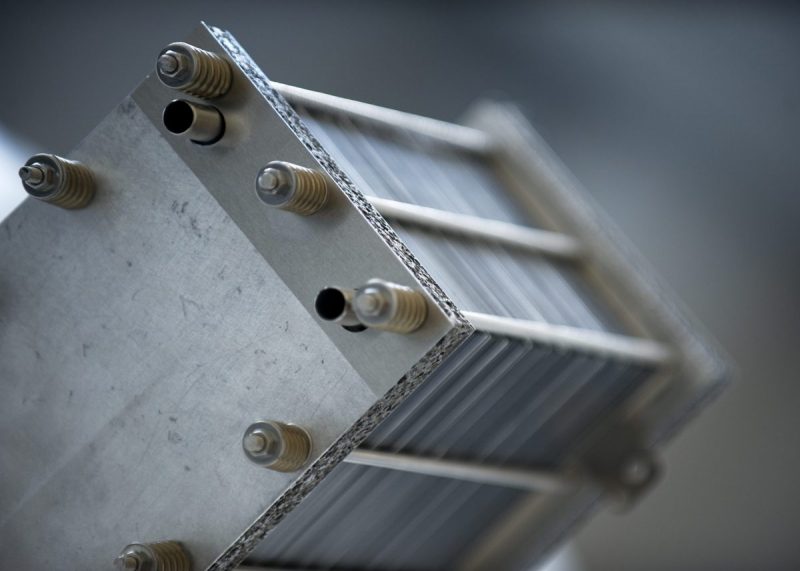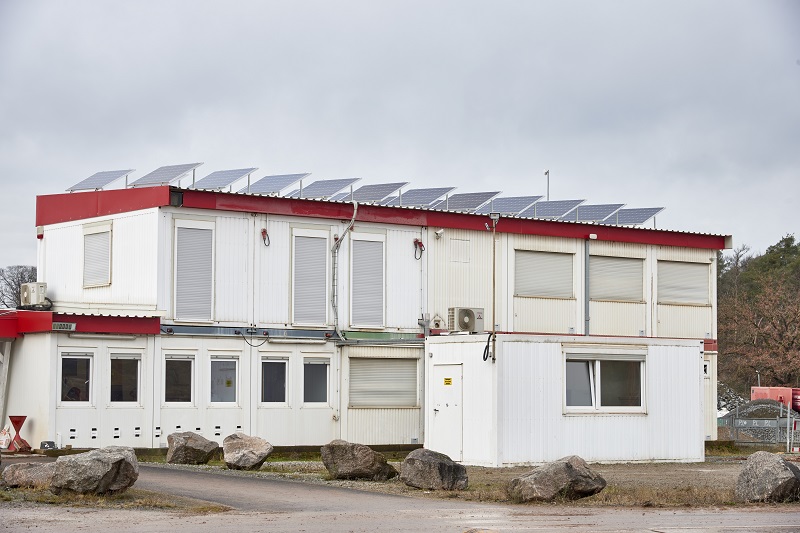The Watzmann has been fascinating mountaineers from all over the world for more than 200 years. However, the Berchtesgaden monument not only occupies a firm position in alpine sports: the mountain also has the potential to play a very special role in safeguarding the communications capability of the Bavarian lowlands in the event of an emergency. Part of the game: a Munich-based fuel cell technology company that ensures the off-grid energy supply in a reliable, clean and sustainable manner.
Picture: Berchtesgadener Land Tourismus
At first glance, the small mountain station of the material ropeway on the west side of the Watzmannhaus may appear unassuming. Since 1960, it connects the Watzannhaus, located at just under 2,000 meters above sea level, with the valley station, 600 meters below, thus ensuring the supply of the Watzmannhaus. In parallel, however, the mountain station also serves a completely different purpose: it houses all kinds of technical devices and equipment connected by wires and hoses.
The background to this miraculous technology not far from the summit of the Watzmann is the operation of a radio station – but not to provide cottage guests with high-speed Internet or to cover the last radio gaps in the Berchtesgaden Nature Park. Rather, it is a project that is intended to become the central component of fail-safe data transmission in crisis situations. Power outages are a nuisance in everyday life, but real blackouts, i.e. widespread power failures over a longer period of time, can sometimes have fatal consequences for the entire population. This applies in particular to critical infrastructures (KRITIS), i.e. those plants and facilities that play a key role in maintaining everyday life.
The Smart Bavaria Net Kritis
“For economic reasons, public broadband communications cannot be built resiliently to blackouts and thus crisis-proof,” explains Stefan Lichy, Managing Director of Smart Radio Net GmbH. The company, headquartered at Chiemsee, plans, builds and operates high-availability voice and data networks for critical infrastructures or critical operating processes. Radio is transmitted on specially allocated frequencies, independent of the public network. “We enable demand-driven and secure connectivity that is available without interruption even in the event of a prolonged, area-wide power outage.”
In addition to another site at the Kampenwand, Smart Radio Net also operates Germany’s highest radio site on the Zugspitze. The alpine bridgeheads can cover distances inland of up to 180 km. The existing network already covers 90 percent of Bavaria. Customers include municipalities and utility providers who need to be able to send and receive data even in the event of a blackout in order to avoid far worse consequences and damage.
“As a Bavarian company, the further development of this network in Bavaria is particularly important to us. We see our Smart Bayern Net Kritis as a secure communications backbone in harmony with and complementary to public broadband expansion. A blueprint for the whole of Germany,” says Harald Huber, Head of Business Development at Smart Radio Net GmbH.
Cooperation with the German Alpine Club
The site on the Watzmann is already operated by Smart Radio Net for three years. The fact that the radio station is located in the operating hut of the Watzmannhaus is explained by the cooperation with the Munich section of the German Alpine Club. The partnership originated in a relatively pragmatic way: In order to create a nationwide network, the alpine locations are needed by Smart Radio Net. On the other hand, a fail-safe network that enables even the most remote valleys to be connected is likewise quite relevant for the German Alpine Club.
The area-wide radio coverage would make it comparatively easy to connect refuges in the mountains, as well as significantly facilitate the work of the mountain rescue team in locating injured hikers. At present, however, the site on the Watzmann is still in test operation. Without a power grid connection, in extreme weather conditions and with limited accessibility in winter, the resilience of an important node can be ideally simulated here.
Power supply without grid connection
Compared to conventional telecommunication stations, the radio system consumes little energy. Including the gateway, about 80 watts are required for operation. By comparison, inner-city mobile communications sites consume up to 4 kW, which is about 50 times as much. However, inner-city systems can also simply be connected to the power grid. On the Watzmann, power is supplied by a battery that is charged in summer by a photovoltaic panel.
This presents one of the fundamental challenges of the site: How can a power supply be ensured year-round and independent of weather-related fluctuations? The Munich-based technology company Siqens GmbH provides the answer. A methanol fuel cell is used to reliably recharge the battery during winter.
“In the end, we considered various systems and technologies,” explains Harald Huber: “The Siqens system convinced us, among other things, with its robust design and resistance to low temperatures.” As is usual for critical applications, the site has a redundant design: two fuel cell systems ensure an uninterrupted power supply. A similar setup has already proven itself in Tyrol’s emergency response system. There, an alpine radio relay network ensures the transmission of alarm-relevant data and the connection of individual districts.
Fuel cell as replacement for diesel gensets
“Of course, it’s always exciting for us, when our fuel cells are used under extreme conditions,” explains Volker Harbusch, CEO and founder of Siqens GmbH: ” This is one of the reasons why we designed and developed our technology for use at low temperatures”.
Strictly speaking, the Siqens Ecoport 800 is a hydrogen fuel cell powered by methanol. However, the hydrogen is first derived from methanol in the system. This offers the advantage, especially in remote locations, that liquid methanol in canisters is easy to transport and store. “Methanol is the simplest hydrogen carrier there is and can be produced in a variety of ways based on renewable energy,” Harbusch adds.
Three connected tanks with a total volume of 180 liters allow for more than 150 days of intervention-free operation. Enough to bridge the snowy days on the Watzmann. But the technology is also a building block for combining decarbonization and grid hardening for locations with an existing connection to the power grid. After all, security-relevant communication and data exchange must also be maintained for several days in the event of a power outage.
Currently, diesel generators are still mostly used to safeguard critical infrastructures. In the case of the Watzmann, a 25-liter canister of methanol is sufficient to supply the site with uninterrupted power for over three weeks. “Our goal is to provide an environmentally friendly and economical alternative to diesel generators,” explains Volker Harbusch: “That’s why I’m particularly pleased about the close cooperation with Smart Radio Net and the opportunity to make an important contribution with our technology in setting up a failure-proof communications network
About SIQENS
SIQENS, founded in Munich in 2012, develops and produces methanol fuel cells. The devices are used as an alternative to diesel generators and are used for backup power, as well as in locations without a fixed connection to the power grid.
The SIQENS fuel cell system, the Ecoport, runs on liquid methanol. Inside the Ecoport, hydrogen is derived from the methanol. The hydrogen then reacts with oxygen to generate electrical energy. The Ecoport is connected to a battery and automatically recharges it as needed. Connected electrical devices are supplied directly from the battery. Thanks to patented circuits for the recovery of process media and energy, the system runs exceptionally efficiently.
In contrast to diesel generators, fuel cells are economical, require hardly any maintenance and emit neither particulate matter nor nitrogen oxides, in addition to significantly reducing CO2 emissions. And with methanol from renewable sources, operation is completely climate-neutral.
Learn more about our partner Smart Radio Net GmbH.
Learn more about SIQENS fuel cells.
